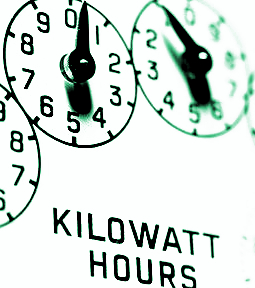AEMC forecasts needs
 The Australian Energy Market Commission (AEMC) has looked at ways that Australia's energy grid could adapt to manage an influx of renewables.
The Australian Energy Market Commission (AEMC) has looked at ways that Australia's energy grid could adapt to manage an influx of renewables.
A new AEMC report says solar panels are now so popular that grids are hitting capacity.
“Rooftop solar penetration has reached the point where a choice needs to be made between distribution networks spending billions on new substations and poles and wires to cope — or start delivering the grid of the future so consumers aren't landed with unnecessary costs,” AEMC chairman John Pierce said.
“There are serious choices to be made. To keep building traditional infrastructure and passing on those costs to consumers or get on with the job of implementing reforms.”
The AEMC report says investing in traditional infrastructure may not pay off, as it is expensive and only used for a few hours each year during peak demand.
It calls for more flexible pricing instead.
The plan says customers could reduce their bills by putting off using their energy intensive appliances like heaters and air conditioners until off-peak times when the network is less congested.
It also suggests price incentives for exporting excess energy from household batteries back to the grid.
“Flat tariffs are failing to give consumers the incentive to charge batteries or electric vehicles at times that reduce both energy bills and the load on the grid,” Mr Pierce said.
The report says Australia’s energy grid should be seen as a “trading platform” that allows customers to draw power, inject it back in and trade it with one another.
“Failure to act now would mean either fewer people are able to export solar to the grid, or all consumers will pay more to build new substations and poles and wires that are rarely needed,” Mr Pierce said.







 Print
Print